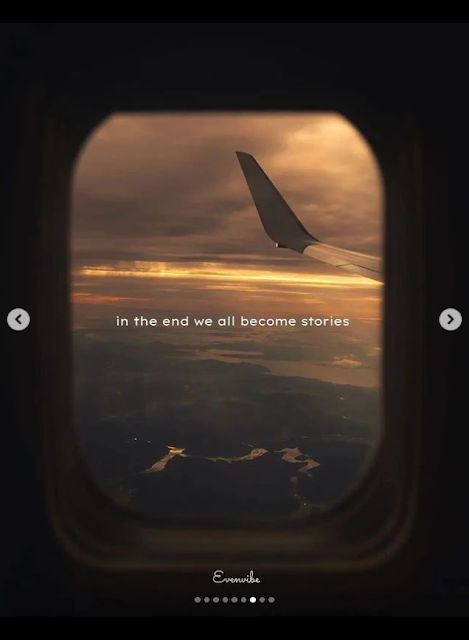Spatial Diagramsworkshop at Wadiyar Centre For Architecture, Mysore
27-29 May 2022 Spatial diagrams help reveal the hidden systems and patterns of social relations within a built form that index historical modes of spatial organization. They may also hold certain cultural codings of ideological beliefs within societies, in other words, institutionalised forms of practices that get encrusted into built form. Such knowledge is essential in order to develop a critical appraisal of the built environment on the one hand, as well as devising contextual and meaningful conditions for inhabitation on the other. The contention of this workshop is that these diagrams can be harnessed off the rhythms of objects, images and stories through which people “produce” their everyday life. These artefacts are not static, rather they move in time and space producing “heterotopic” conditions. A critical engagement with these artifacts allows us to make meaning into these heterotopias and further articulate contemporary arguments for spatial inhabitation. A careful deployment of these artefacts may allow us to articulate new ways of organizing spatial relationships in space.
How can these ideas within the built environment be extracted, appreciated and harnessed towards spatial processes? This workshop will focus on deciphering building grammars, and formulating architectural languages that generate possibilities for the experimentation of innovative spatial types that compliment, interrogate as well as critically inform the practices of inhabitation in a given place. These possibilities shall be expressed as a series of diagrams that encapsulate the spirit of place and their spatial dispositions.
Methodology· Creating an archive of stories, objects and images (physical) that indicate their understanding of the town of Mysore
· Making of collage to articulate spatial arguments
· Spatial Diagrams: Translation of collages into material manifests
Deliverables· Archive of the place
· Collage iterations
· Spatial Models
Schedule DAY 1. 27 May 2022, Fri
Session 1 / 11 am to 1:30 am
Introduction: The Location of Place
Session 2 / 2:30 to 4:30 pm
Place as Archive: Stories, objects and Images
Session 3 / 5 pm to 7 pm
Spatial Translations: Collage as Method*
DAY 2. 28 May 2022, Sat
Session 4 / 9 am to 11 am
Making Collages and Spatial Arguments
Session 5 / 11.30 to 1.30
Finalisation of Collages and Extraction of Spatial Values
Session 6 / 2:30 pm to 4:30 pm
Material Translations: Model as Diagram*
Session 7 / 5 pm to 7 pm
Conceptual Models Iterations
DAY 3. 29 May 2022, Sun
Session 8 / 9 am to 11 am
Refinements and Spatial Articulations
Session 9 / 11:30 am to 1:30 pm
Space Syntax Scale

































